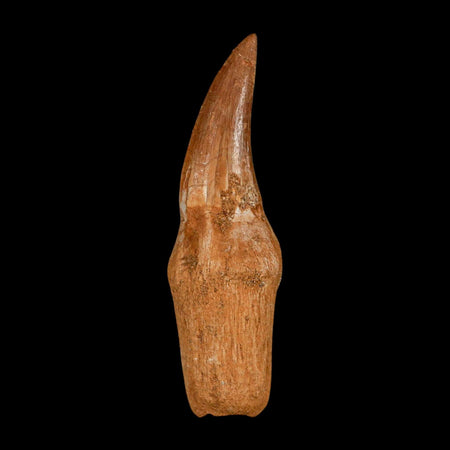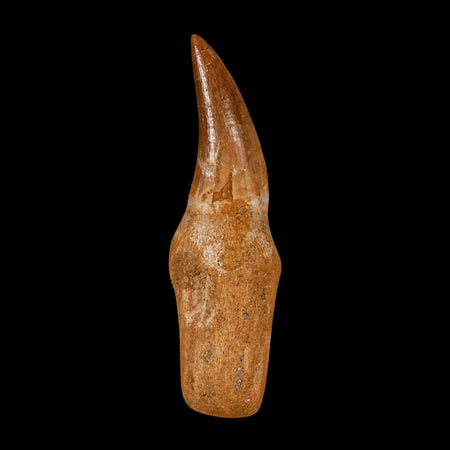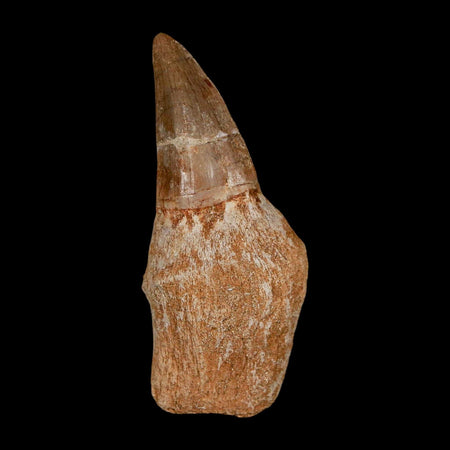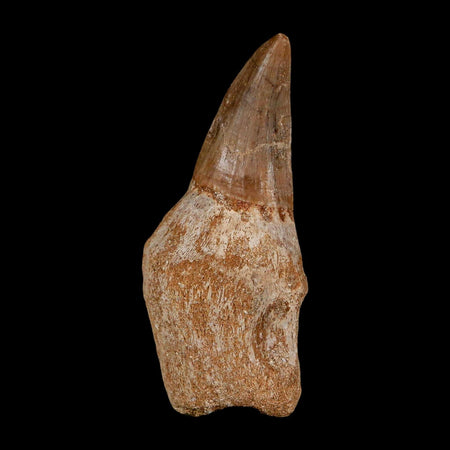Mosasaur Eremiasaurus Fossil Collection
Eremiasaurus Heterodontus is an exciting, now-extinct genus of mosasaur, part of a fascinating group of large marine reptiles that roamed during the Late Cretaceous period. The name Eremiasaurus combines Greek words "eremia" (desert) and "sauros" (lizard), highlighting the desert setting where its fossils were found. The species name heterodontus points to its distinctive heterodont teeth, which are a special feature of this mosasaur.
This remarkable creature is known for its unique dental structure, showcasing a variety of tooth shapes designed for different tasks. Unlike many mosasaurs with teeth that look alike, Eremiasaurus heterodontus had a specialized set with different tooth types along its jaws. This heterodonty hints at a diverse diet, possibly including both soft prey and shelled creatures, helping it to make the most of the food available in its marine world.
Fossil discoveries suggest that Eremiasaurus heterodontus was a medium-sized mosasaur, likely several meters long. Its skeletal features, including its skull and vertebrae, classify it within the Mosasauridae family, particularly in the Tethysaurinae subfamily. This group is known for its slender build and agility, perfect for swift swimming. The discovery of Eremiasaurus heterodontus offers valuable insights into how mosasaurs evolved and their roles in Late Cretaceous marine ecosystems.













